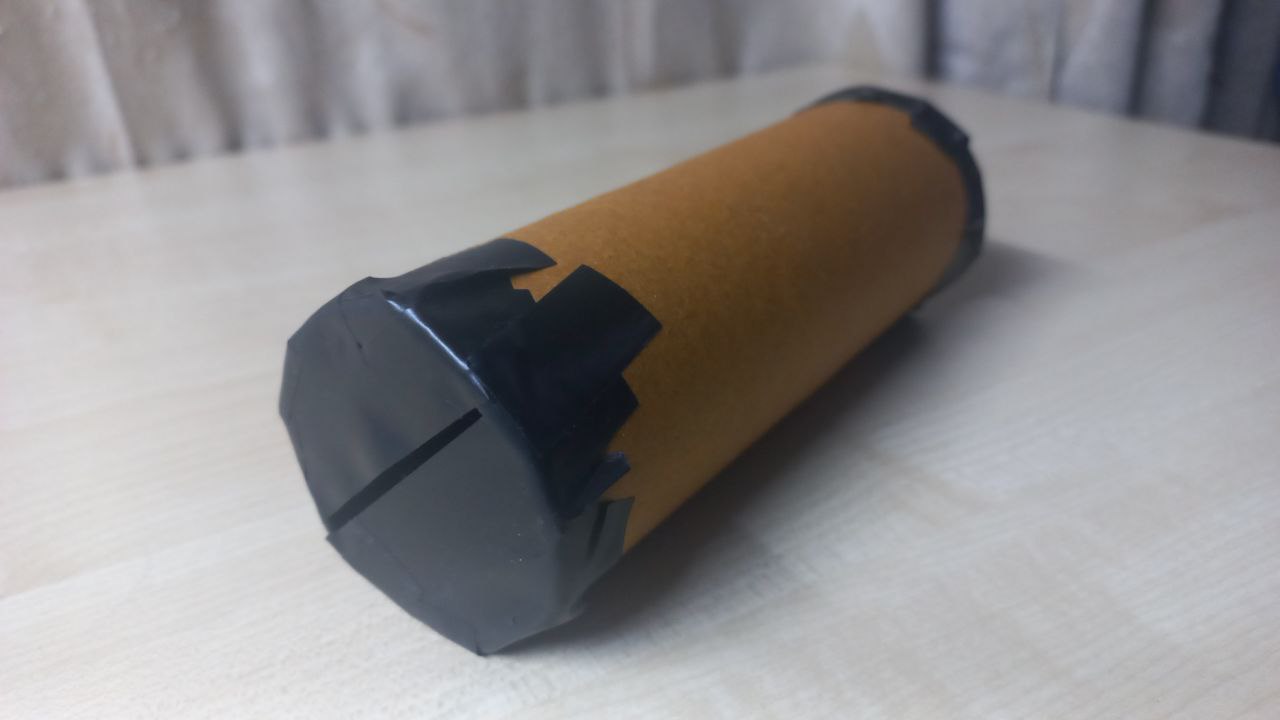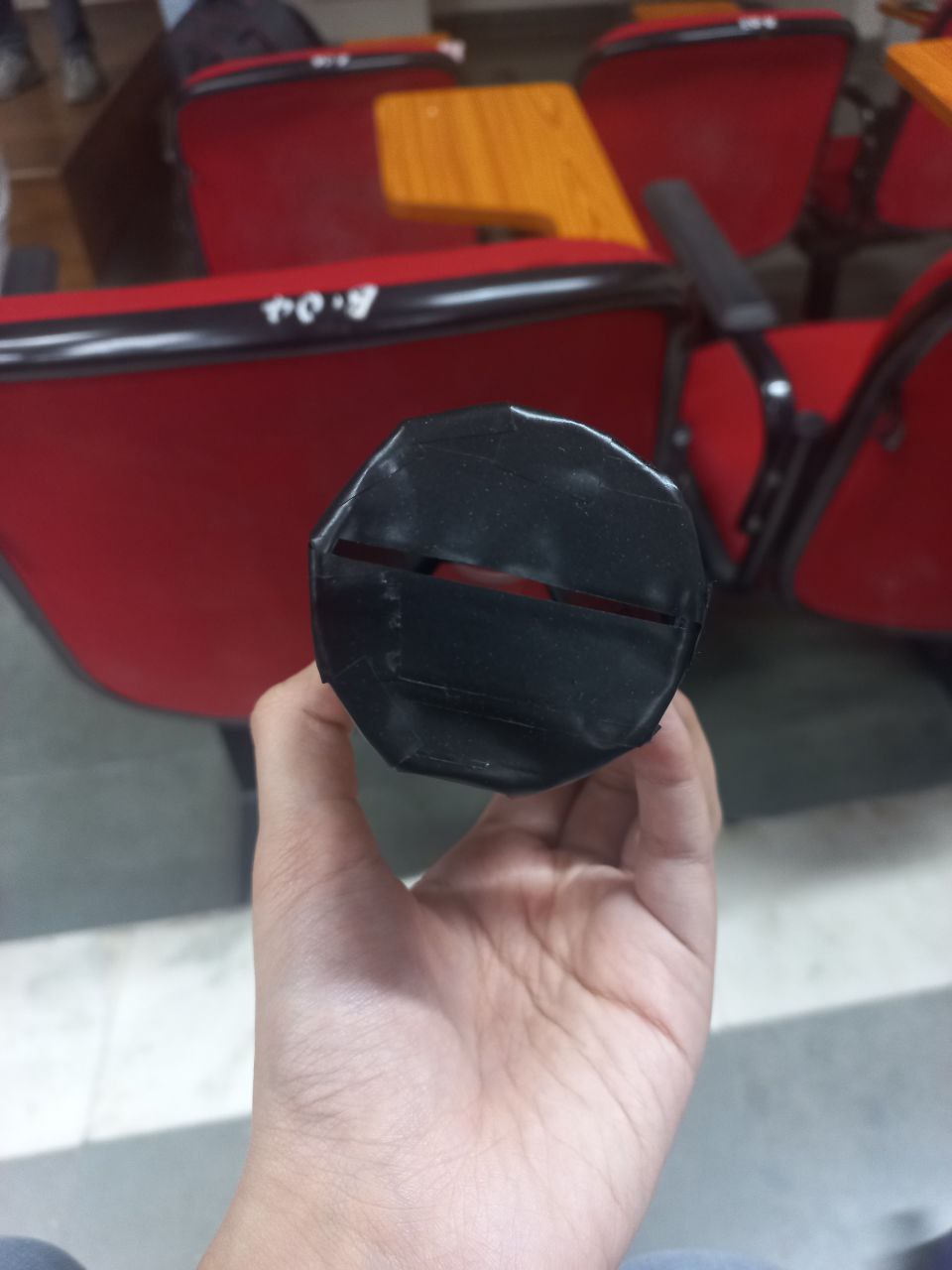Building My Own Spectrometer at the Astronuts DIY Spectroscopy Workshop 🚀
Building My Own Spectrometer at the Astronuts DIY Spectroscopy Workshop 🚀
I’ve always been fascinated by how light interacts with different materials, so when I heard about the Astronuts: DIY Spectroscopy Workshop, I knew I had to participate! This hands-on experience allowed me to construct my own DIY spectrometer and analyze light spectra firsthand.
Here’s a recap of my experience.
 How your spectrometer should look like
How your spectrometer should look like
Why Spectroscopy? 🌈
Spectroscopy is the study of how light is absorbed, emitted, or scattered by different materials. It plays a crucial role in:
- Astronomy – Identifying the composition of stars and galaxies.
- Forensics – Detecting materials in crime investigations.
- Material Science – Studying the properties of different substances.
The idea of analyzing light using a simple homemade device was both exciting and educational.
The Workshop 🛠️
Step 1: Gathering Materials
Each participant received a DIY spectrometer kit with:
- A CD piece (broken into a circular shape, acting as the diffraction grating)
- A cylindrical cardboard roll (forming the spectrometer body)
- Black tape (to cover the inside and create a controlled light slit)
- Scissors (for adjustments)
Step 2: Constructing the Spectrometer
We assembled our spectrometers as follows:
- Cover the inside of the cardboard roll with black tape to block unwanted light.
- Seal one end with black tape, leaving only a narrow slit for light entry.
- Attach the CD piece inside the tube at an angle so it diffracts incoming light.
- Observe the spectrum by looking through the open end.
Step 3: Observing Light Spectra ✨
Once built, we tested our spectrometers by analyzing different light sources:
- Incandescent bulbs → Showed a continuous spectrum.
- Fluorescent lights → Displayed distinct spectral lines.
- LEDs and lasers → Produced unique spectra depending on their materials.
 Light spectrum observed through my spectrometer (LED used).
Light spectrum observed through my spectrometer (LED used).
My Key Takeaways 🎯
✅ Light behaves in fascinating ways – Each source emits a unique spectral pattern.
✅ Building a spectrometer is easy and fun – A great hands-on physics experiment.
✅ Spectroscopy has real-world applications – Used in astronomy, forensics, and material analysis.
Final Thoughts 💭
This workshop was an amazing introduction to spectroscopy and DIY science. Seeing light through my homemade spectrometer was a rewarding experience.
Would you try making your own spectrometer? Let me know in the comments! 🌟
More on Spectroscopy (Watch These Videos)
📌 NASA’s Video on Spectroscopy – Watch here
📌 Tags: Spectroscopy, DIY Spectrometer, Astronomy Workshop, Science Club

